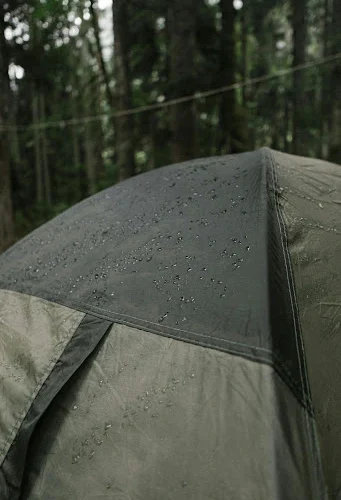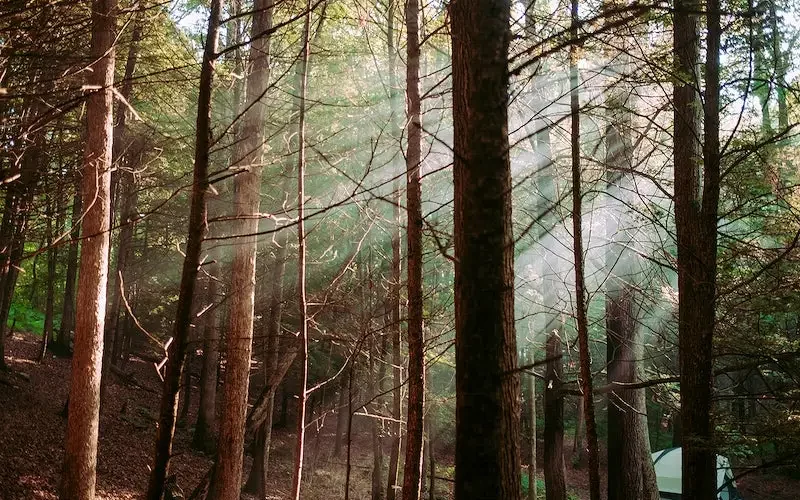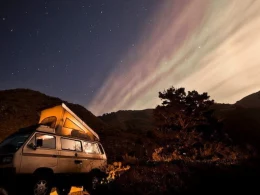Spring camping in May is one of the best times to go camping. North America’s forests bloom, rivers swell, and wildlife stirs. Still, the season’s unpredictable weather—think sudden showers, gusty winds, and chilly nights—demands a tent that can keep you comfortable and safe.
Below, we break down the must-have characteristics of a great spring tent and provide a handy checklist to ensure your next adventure is dry, cozy, and bug-free.
Table of Contents
Why May Weather Challenge Your Tent
May in North America brings warm days, cool nights, and sudden weather shifts. In the Pacific Northwest, expect steady drizzle; in the Midwest, thunderstorms loom; and in the Rockies, snowmelt can flood low-lying campsites. Temperatures often swing from balmy afternoons to near-freezing nights, and bugs like mosquitoes and ticks emerge in droves. A spring tent needs to handle these challenges while being lightweight enough for easy transport and durable enough to last through the season’s surprises.
Key Characteristics of a Great Spring Tent
Based on our expertise and feedback from seasoned campers, here are the essential features to look for in a tent designed for May’s conditions. Each characteristic addresses a specific spring challenge, ensuring you stay protected and comfortable.
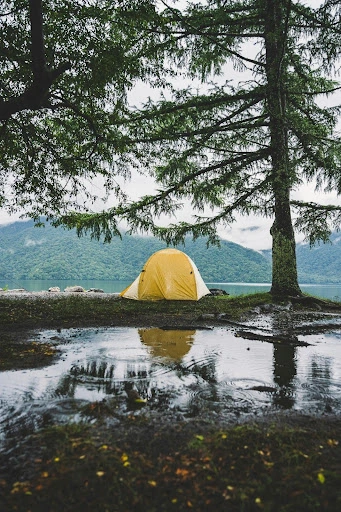
Waterproofing and Rain Resistance
Spring showers are inevitable, so a tent must keep water out. Look for a rainfly with a hydrostatic head rating of at least 3,000mm, which ensures it can handle heavy rain. The rainfly should extend close to the ground to block splashing mud, and sealed seams are non-negotiable to prevent leaks. A bathtub-style floor (raised edges) adds extra protection against pooling water.
Wind Stability
May’s gusty winds can shred flimsy tents. Choose a tent with a sturdy frame, preferably aluminum poles, and a low-profile or dome-shaped design to reduce wind resistance. Multiple guylines and robust stakes (or the ability to use rocks in rocky terrain) are critical for anchoring in stormy conditions.
Ventilation to Combat Condensation
Spring’s humidity and temperature swings cause condensation inside tents, leaving gear damp. Opt for a tent with adjustable vents, mesh panels, and a rainfly that can be pitched slightly open to promote airflow without letting rain in. Double-wall tents (separate inner tent and rainfly) excel at managing moisture.
Temperature Versatility
With daytime highs in the 60s or 70s°F and nights dipping to the 30s or 40s°F, your tent needs to balance warmth and breathability. Look for a three-season tent with removable panels or zippered windows that let you adjust insulation. A spacious vestibule provides a spot for wet gear, keeping the sleeping area dry and warm.
Bug Protection
Mosquitoes and ticks thrive in May’s warmer weather. A tent with no-see-um mesh (tiny holes that block even small insects) on doors and windows is essential. Ensure zippers are snag-free and durable to maintain a tight seal against creepy crawlies.
Lightweight and Packable Design
Spring trails can be muddy or uneven, so a tent that’s easy to carry matters. Aim for a tent weighing 2–5 pounds for backpacking or slightly heavier for car camping. A compact, packed size fits neatly into backpacks or car trunks, leaving room for other gear.
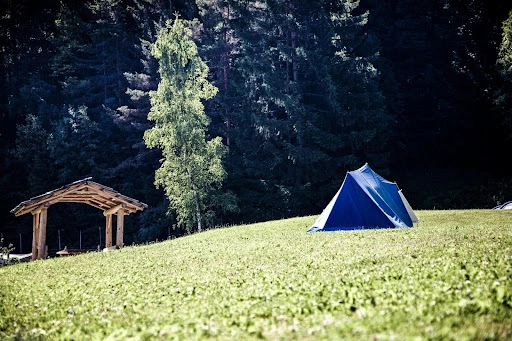 rability for Spring Conditions
rability for Spring Conditions
Wet ground, abrasive rocks, and wind stress test a tent’s materials. Choose one with a ripstop nylon or polyester canopy and a floor with a denier rating of at least 30D for abrasion resistance. A high-quality rainfly with UV protection withstands prolonged exposure to spring’s intensifying sun.
Ease of Setup
When rain hits or darkness falls, you want a tent that pitches quickly. Freestanding designs or color-coded poles simplify setup, even in windy or wet conditions. A single-person setup option is a bonus for solo campers.
Your Spring Tent Checklist
Use this checklist to evaluate tents and ensure they’re ready for May’s challenges.
- Rainfly with ≥3,000mm hydrostatic head and sealed seams
- Bathtub floor to prevent water pooling
- Aluminum poles and a low-profile/dome design for wind stability
- Multiple guylines and sturdy stakes
- Adjustable vents and no-see-um mesh for ventilation
- Double-wall construction to reduce condensation
- Three-season rating with removable panels for temperature control
- Vestibule for storing wet gear
- No-see-um mesh on doors/windows with durable zippers
- Weight between 2–5 lbs (backpacking) or slightly heavier (car camping)
- Compact, packed size for easy transport
- Ripstop nylon/polyester canopy and ≥30D floor
- UV-resistant rainfly for sun protection
- Freestanding or color-coded design for quick setup
- Single-person setup capability
Putting It All Together
A great spring tent is your shield against May’s wild weather, letting you focus on the joys of camping—roasting marshmallows, spotting spring stars, or hiking through blooming meadows. By prioritizing waterproofing, wind stability, ventilation, and bug protection, you’ll find a tent that handles whatever Mother Nature throws your way.

